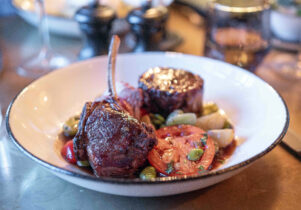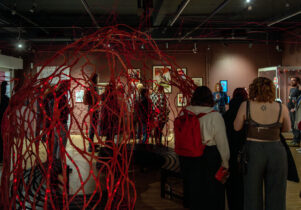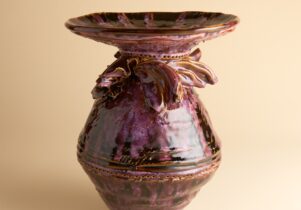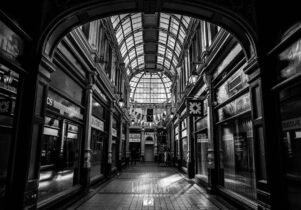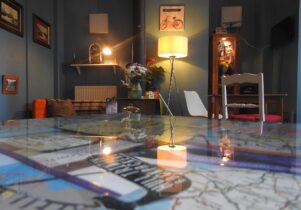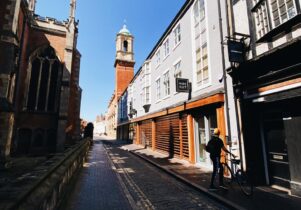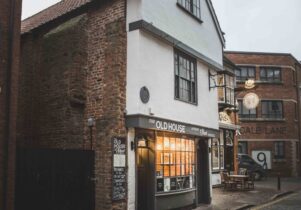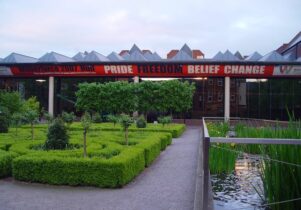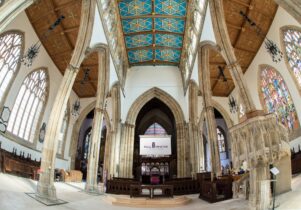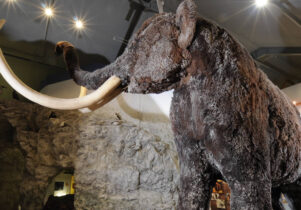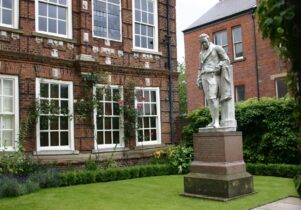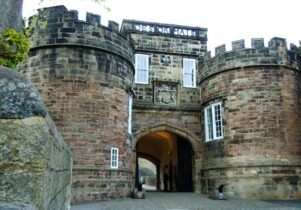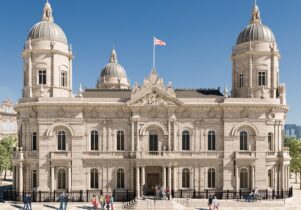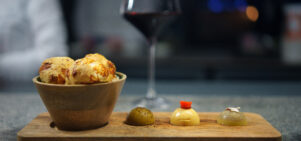Ye Olde White Harte
Polly Checkland Harding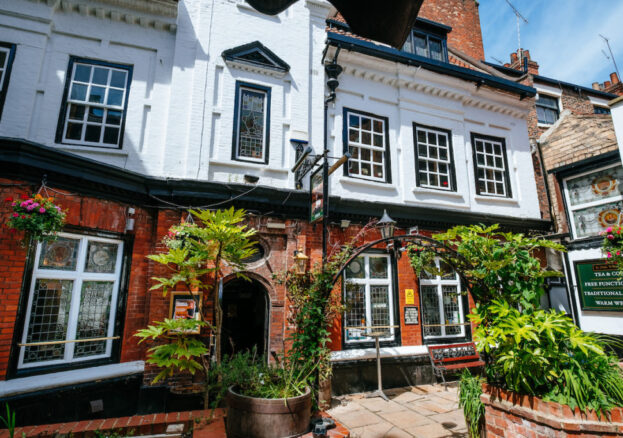
A pub with two well-stocked bars and a large beer garden, Ye Olde White Harte is an incredible historic gem, constructed in 1550, and Grade II*-listed, with features such as oak-panelled walls, inglenook fireplaces and stained glass doors. There’s also award-winning cask conditioned ales and Hull’s largest selection of single malt whiskies (they claim).
Originally a house, Ye Olde White Harte was built in the Artisan Mannerist style, and is not dissimilar to Wilberforce House, birthplace of William Wilberforce, social reformer, MP and leading figure in the abolition of the slave trade, and now a museum. Historic England remarks that the remodelling of 1881 is an interesting, Romantic recreation of an idealised 17th-century inn, “complete with massive fireplaces”. Ye Olde White Harte’s flower pots and hanging baskets have seen it win Hull In Bloom awards two years running. It’s also one of the most unusual places to enjoy a pint: punters are in the company of a mysterious skull, on display in a Perspex case in a corner behind the small saloon bar. Rumours about the skull’s origin – and the small fracture mark it bears – abound.
The pub is also home to a Plotting Parlour, so called because this was where Sir John Hotham, then the governor of Hull, is said to have held the meeting in 1642 which precipitated the siege of Hull and in which the decision was made to close the gates of the city against King Charles I – a choice that’s now considered the first major action in the English Civil War of 1642 to 1651. However, evidence from documentary and architectural research in the late 20th century indicates that the building was not erected until after the Civil War, so this can be discounted as a myth. Gin-lovers will be interested to note that Sir John Hotham gives his name to Hull’s very own distillery and award-winning visitor experience Hotham’s Gin School, found in Hepworth Arcade across the street from Ye Olde White Harte pub.
Nonetheless, Historic England notes that further recent research has confirmed that the building was the residence of the deputy-governor of Hull in 1688, and the location of the meeting to plot the overthrow of the Catholic governor, appointed by James II, following the arrival of William of Orange in England in November 1688. The event was long celebrated on Town Taking Day, an important event in the history of Hull, showing the independence of the town.
Ye Olde White Harte retains its status as an historic watering hole, and more fantastic historic locations are close by – Hull Minster, Hitchcock’s Vegetarian Restaurant at Dunswell Forge and Hull and East Riding Museum are all just a three-minute walk away.
